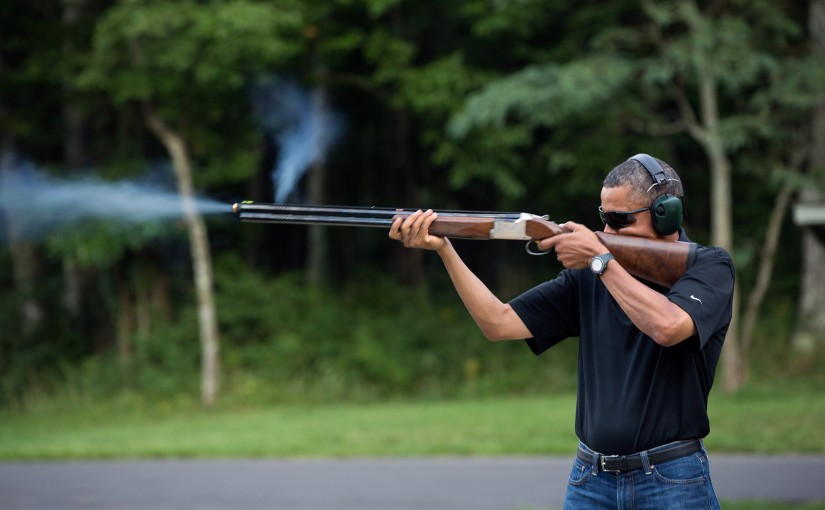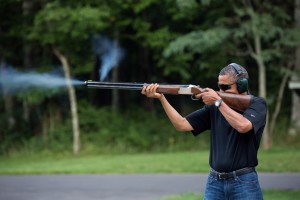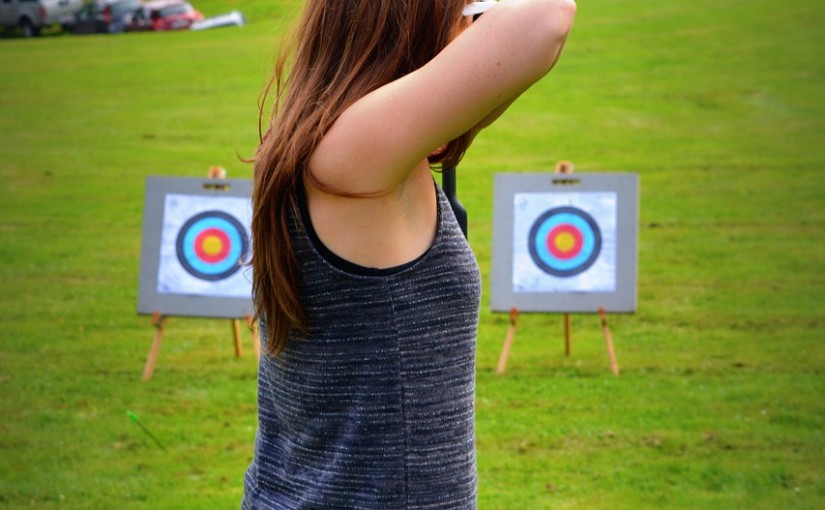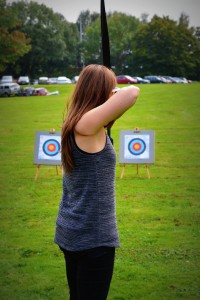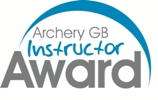When hunting at night there are a two main things which must always be considered and upheld at all times: safety and the law.
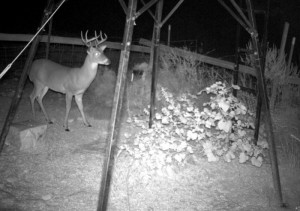
Unless you can obtain a special licence to cull deer at night, it is illegal to do so between one hour after sunset and one hour before sunrise. Game birds and hares also cannot be shot at night. Night shooting is generally used for population control of pests and certain predators such as foxes. You must also only shoot on land that you either own, or have permission to shoot on; shooting on land without permission is a serious offence and comes with heavy fines and even a custodial sentence.
A Rifle Scope is Essential
Generally, at night time, I would always recommend using either rifles or air rifles with scopes on, so that you can more easily identify both your target and where the shot could go afterwards. You should also never just shoot at a pair of eyes, through a scope or otherwise, as what you think could be a pair of rabbit eyes could be a pet, or even someone with binoculars observing animals at night.
It’s also strongly recommended that when shooting at night, you use a suppressor, so as not to make too much noise, which could disturb people in local houses trying to sleep, and scare nearby livestock.
At Pellpax we stock a large range of suppressors for air-guns and rifles alike. Click here for more in air rifle silencers. And here for more on Rifle sound moderators.
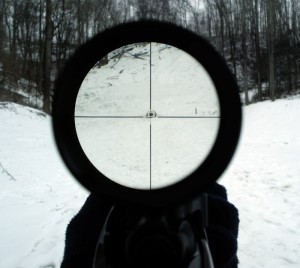
When shooting foxes, you must ensure that you’re using a calibre of rifle that is legal; generally, .22 Hornet or larger are favoured; air rifles and rim-fires are not legally permitted.
Using a scope at night can be hard work if your scope hasn’t got an IR (illuminated reticle), which is when your crosshair will clearly light up, making your point of aim much clearer. As well as this, you will also need a good spotlight or torch to identify your targets; a bright light also temporarily stuns animals such as rabbits, which will make for an easier shot. You should also choose a scope with a large light intake, which will make for a much clearer and wider field of view. For example, there’s the Hawke Vantage 3-9×50 IR Mil dot reticle scope, and the more powerful 4-12×50 version.
Three Lamping Colours
There are three most popular colours of bulb which are used when lamping or shooting at night, and they all have different pros and cons – all of which are down to personal preference: red, green, or white.
The most popular colour for lamping is a red bulb. This can commonly be seen when driving around back roads at night and you see farmers using these red spotlights across their fields, looking for rabbits or foxes. It’s a popular favourite because the red light doesn’t affect your personal night vision as much as the other colours, and animals are less aware of this bright light being put on them, and so won’t get spooked and run away. The red light can make it quite hard to spot your prey at night if they are in long grass or in the undergrowth, as everything will appear as the same colour. This is still the first choice for any fox or rabbit hunters. You can find a red spot light here – the Tracer LEDRay F400 Red.
The green spotlight is quickly becoming more popular because, like the red light, it has little effect on your own night vision, and with the green light, it’s much easier to identify different targets, because it shows up differently on obstacles – unlike the red, where everything can blur into the same colour. The green light, however, is a lot less popular with shooters after predatory animals like foxes, because they notice this colour a lot more and have been known to run away as soon as the beam is on them. A great example is this, the Tracer LEDRay F400 in Green.
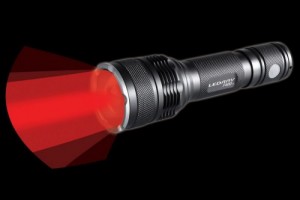
Finally, we have the white spot light. This offers the greatest distance for you to shoot at, and makes everything a lot easier to see at night, but it will have the worst effect on your own night vision and will scare predatory animals away the most. However, this is my personal favourite to use when shooting rabbits, as the bright light stuns them for a moment, allowing for a clear shot and clean kill. One white light to try is the Tracer LEDRay F400 in White.
All of the above spotlights, which I have added the links to, are for attaching either onto the gun, or onto the scope – which would be my personal preference when shooting. There are other options available, however, depending on the environment and style in which you will be shooting, such as from a vehicle or with another shooter.
Night Vision Scopes
Another option for night shooting is the use of a night-vision scope. Originally intended for military applications, this is another favourite among hunters, as these night sights are becoming ever more affordable for the everyday shooter.
Check out a range of gun lamps and spotlight options here. You can also check out our website for more on night vision, including gear by Nitesite and Pulsar.

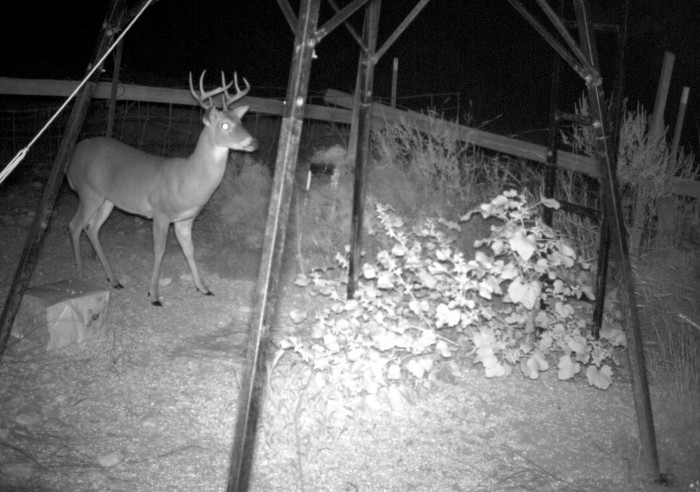
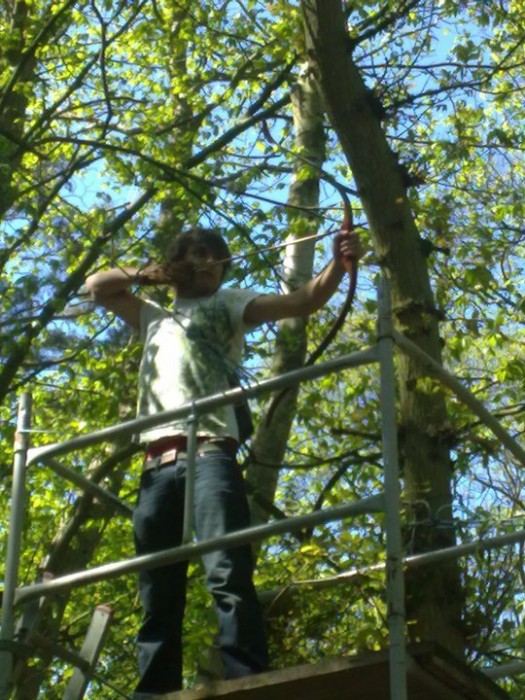
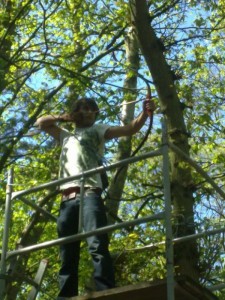
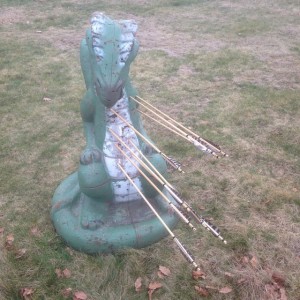
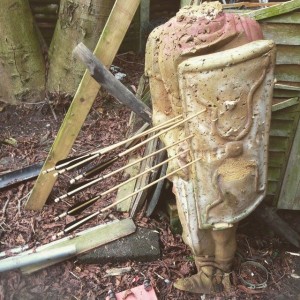 in Suffolk which was a weekend shoot over the 6th and 7th June 2007. Here my category was Junior Bow hunter Recurve and over the two days I won the highest score and so received an England medal.
in Suffolk which was a weekend shoot over the 6th and 7th June 2007. Here my category was Junior Bow hunter Recurve and over the two days I won the highest score and so received an England medal.